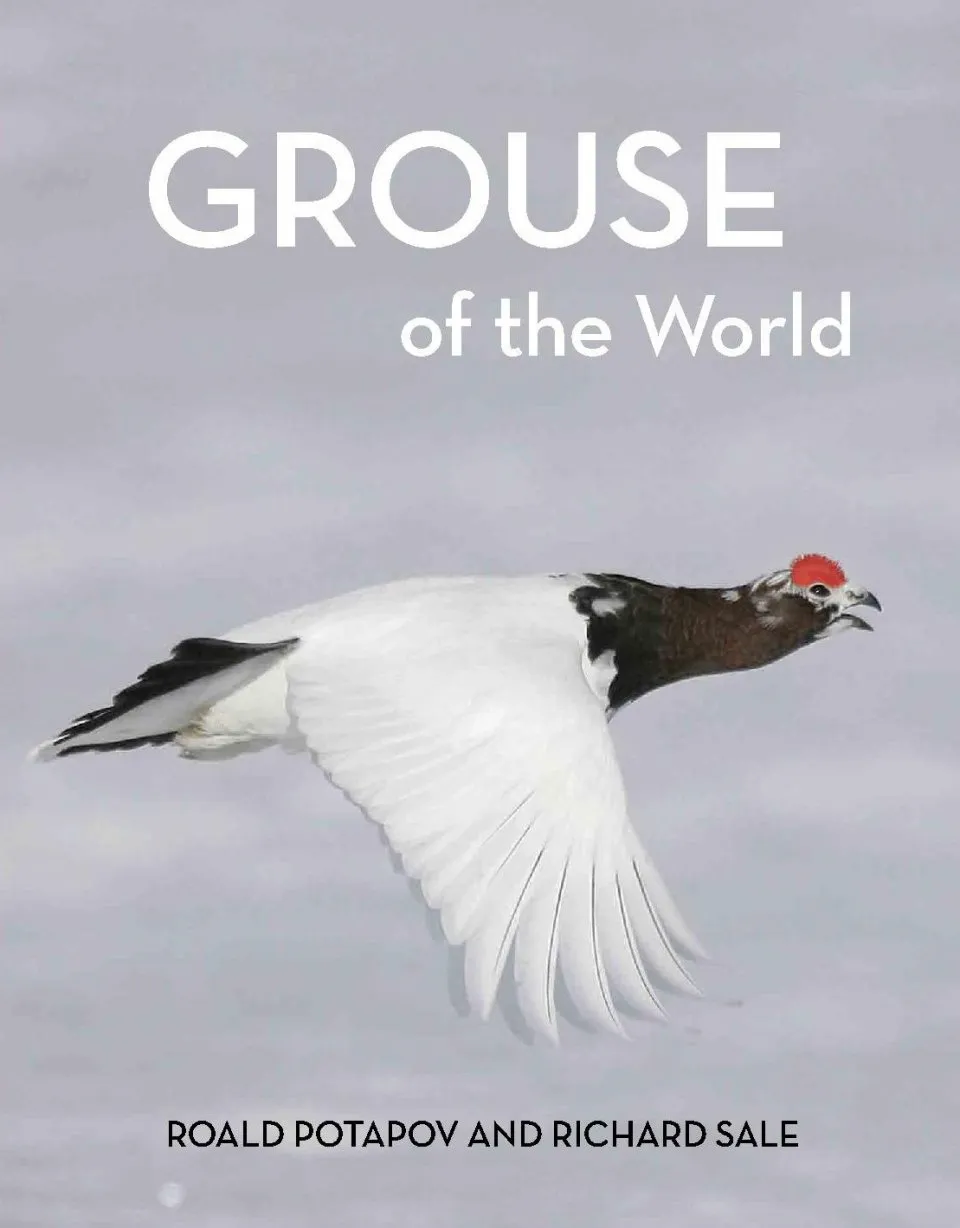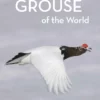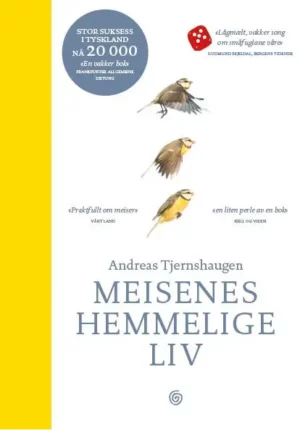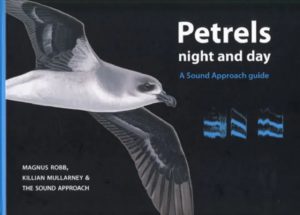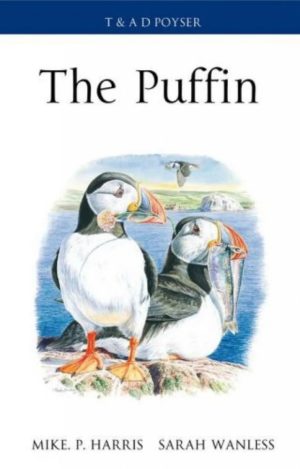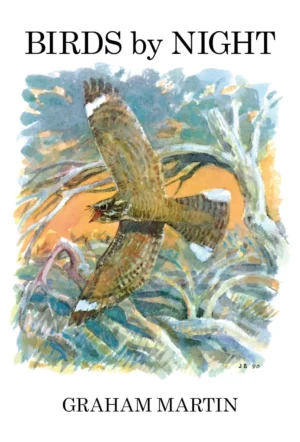Grouse of the World
Grouse are a source of fascination for people, not least for their spectacular displays and ability to survive the Arctic winter. To survive the extreme cold the birds have evolved pectinations – or shovels – on their toes to excavate burrows in the snow in which they spend up to 22 hours or more daily. To reduce heat loss they have feathered toes, and they also have feathered nostrils, the feathers preventing the nostrils filling with snow and also trapping moisture when the bird is in its burrow: without this excellent moisture trap the walls of the burrow would become iced, preventing air from seeping in and the bird from escaping, sealing it in an icy, air-starved tomb. The digestive system of grouse has also evolved to compensate for winter’s rigours.
Perhaps most remarkable of all, these specific features are shared by all members of the grouse family – even those that inhabit the balmy shores of the Gulf of Mexico. Grouse of the World will explore grouse evolution and then look at each of the 19 species, detailing distribution, habitat, plumage, subspecies, breeding, diet and conservation. This is the first comprehensive guide to the grouse family, and it will include many drawings, photographs and maps.
Contents – Grouse of the World
Acknowledgements 4
Introduction 7
1. Overview of the Grouse 9
2. Bonasa 56
3. Falcipennis 96
4. Dendragapus 131
5. Centrocercus 154
6. Tetrao 176
7. Lagopus 223
8. Lyrurus 285
9. Tympanuchus 326
10. Grouse: Present and Future 360
References & Bibliography 365
Index 402
